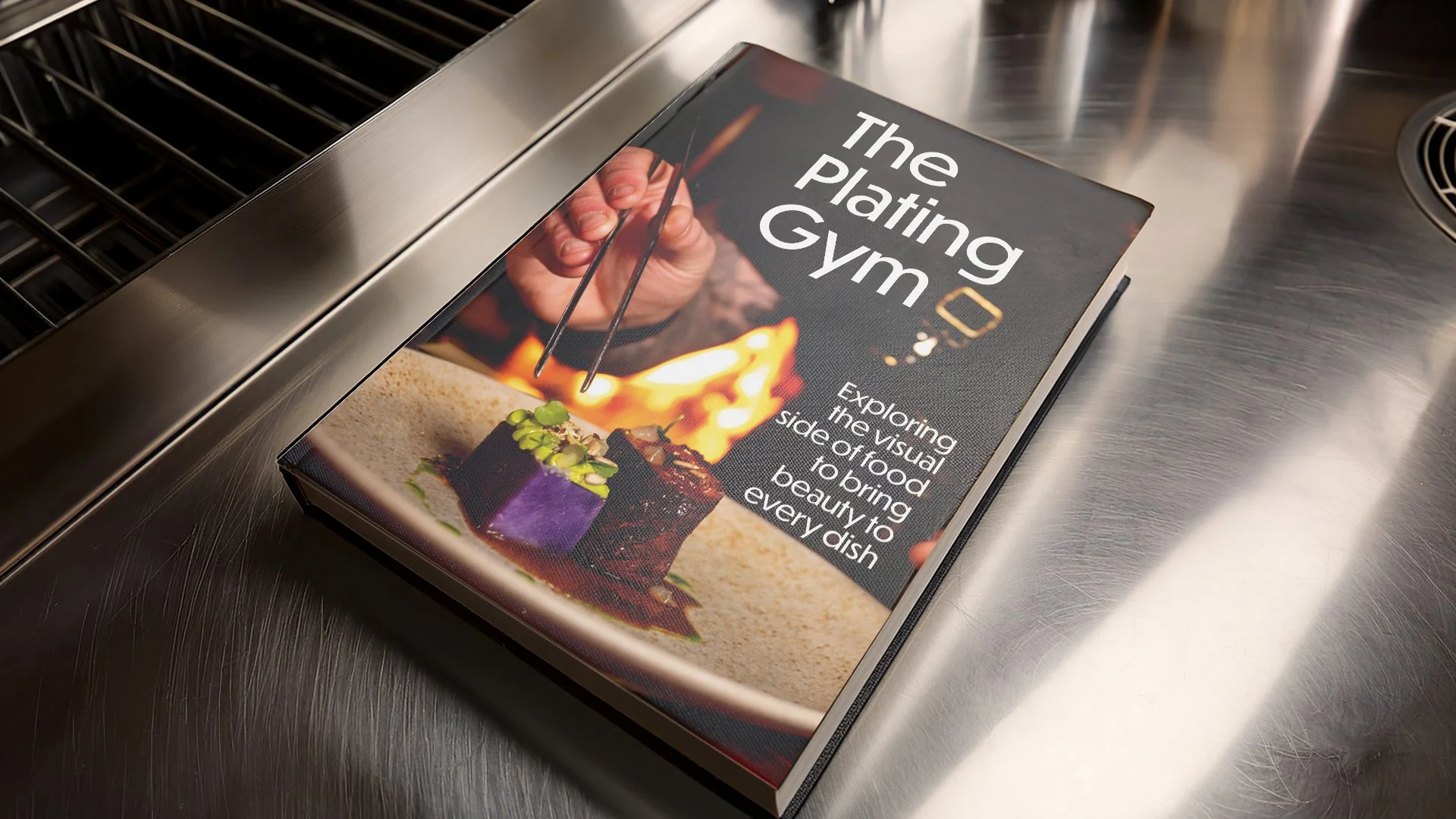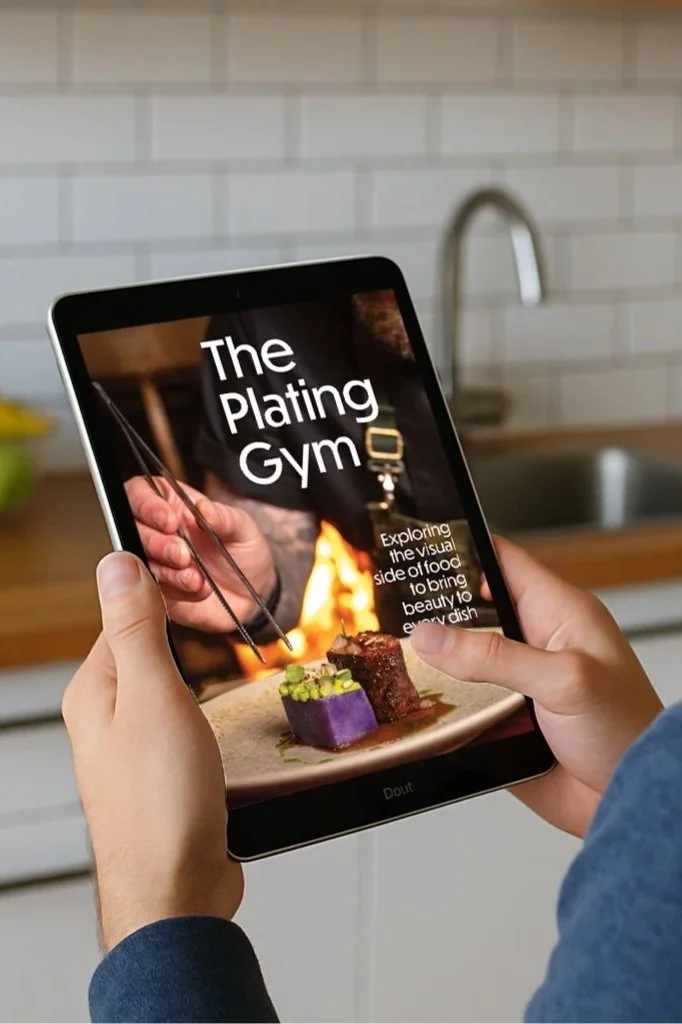How to Find Your Style in Plate Design
Have you ever plated a dish, stepped back, and felt... nothing? It’s not that it looks bad, but it feels bland. It feels like it could be anyone’s plate, not yours.
Here’s the truth: your style isn’t something you borrow from others. It’s already there, waiting to surface. You just need to learn how to see it, shape it, and refine it.
In this guide, you’ll learn what “style” really means in plating, why it matters, and how to find yours—without losing yourself to trends or copying others.
What Style Really Is (and Isn’t)
Most think style is a garnish trick, a colour palette, or a signature ingredient. But plating style isn’t a filter you slap on at the end of the process. It’s the pattern of decisions you make consistently.
It’s how you use negative space, the tension you’re drawn to, the layouts you naturally create. It’s what people begin to recognise before you do.
Think of how you can recognise a Christopher Nolan film from layered timelines and dark, immersive visuals. Or how a Massimo Bottura plate feels playful yet intentional. That’s not by accident. It’s a repeated rhythm of choices that becomes your visual voice.
Step 1: Notice What You’re Drawn To
Your style starts with what catches your eye.
Is it the chaos of nature or the calm of minimalism? Bright contrasts or tonal harmony? Clean geometry or wild organic shapes?
Start a collection of things that inspire you: dishes, art, landscapes, textiles, even architecture. Don’t filter yourself—just gather what moves you. Over time, patterns will emerge that reflect your taste and instinct, forming the foundation of your style.
Step 2: Master the Fundamentals
Before you can refine your style, you need to understand the rules you’re breaking.
This means learning composition, colour theory, contrast, negative space, and hierarchy. Once these fundamentals are second nature, you’ll be able to experiment with confidence.
Plating is graphic design for chefs. You’re arranging elements to guide the eye and set a mood. Without these foundations, your style will feel inconsistent.
If you need a structured, practical approach to learn these fundamentals, check out my book, The Plating Gym—designed to train your visual plating instincts without the fluff.
Step 3: Study Your Tropes
Pay attention to your habits in plating.
Do you gravitate toward stacked or isolated layouts?
Do you prefer linear lines or scattered compositions?
Are you drawn to bold colour pops or neutral harmony?
These are your tropes. Don’t dismiss them; study and refine them. Over time, these patterns will become your style, but with intention.
Step 4: Play and Break the Rules
Style doesn’t come from playing safe. It comes from experimenting, failing, and refining.
Try plating with weird constraints: no tweezers, only white ingredients, or building height without width. You’ll make some ugly plates—and that’s fine. It’s part of the process.
Remember Massimo Bottura’s “Oops! I Dropped the Lemon Tart.” It became iconic because he embraced the imperfection.
Step 5: Refine, Repeat, Stay Fluid
Style is not a box you lock yourself into. It’s a living, evolving part of your creative identity.
The moment your style feels safe or repetitive, it’s time to push yourself again. Every evolution—whether it’s exploring colour, tension, or new layouts—adds depth to your work.
The greats reinvent themselves constantly while staying recognisably themselves. So should you.
Final Thoughts
Your plating style isn’t something you need to invent—it’s something you need to notice, nurture, and refine.
Start collecting inspiration, learn your fundamentals, and embrace playful experimentation. Over time, your plates will begin to reflect your unique voice—something that will set your work apart, whether you’re a home cook, a chef, or a food photographer.
Next Steps to Keep Improving
✅ Watch the full video on YouTube [see above] for a deeper breakdown of these steps.
✅ Grab your copy of The Plating Gym here [insert link] to train your plating skills with practical exercises and frameworks.
✅ Join my newsletter for monthly tips, challenges, and behind-the-scenes plating insights.


